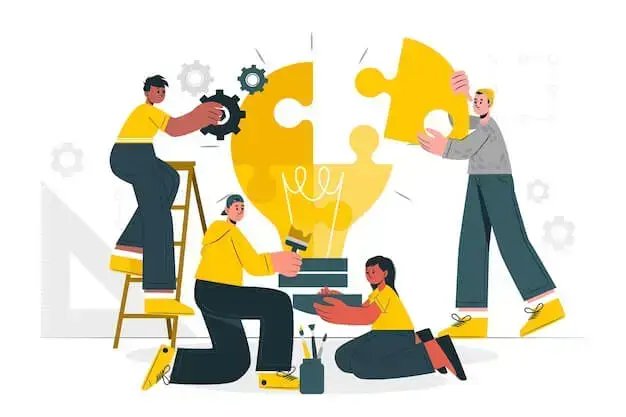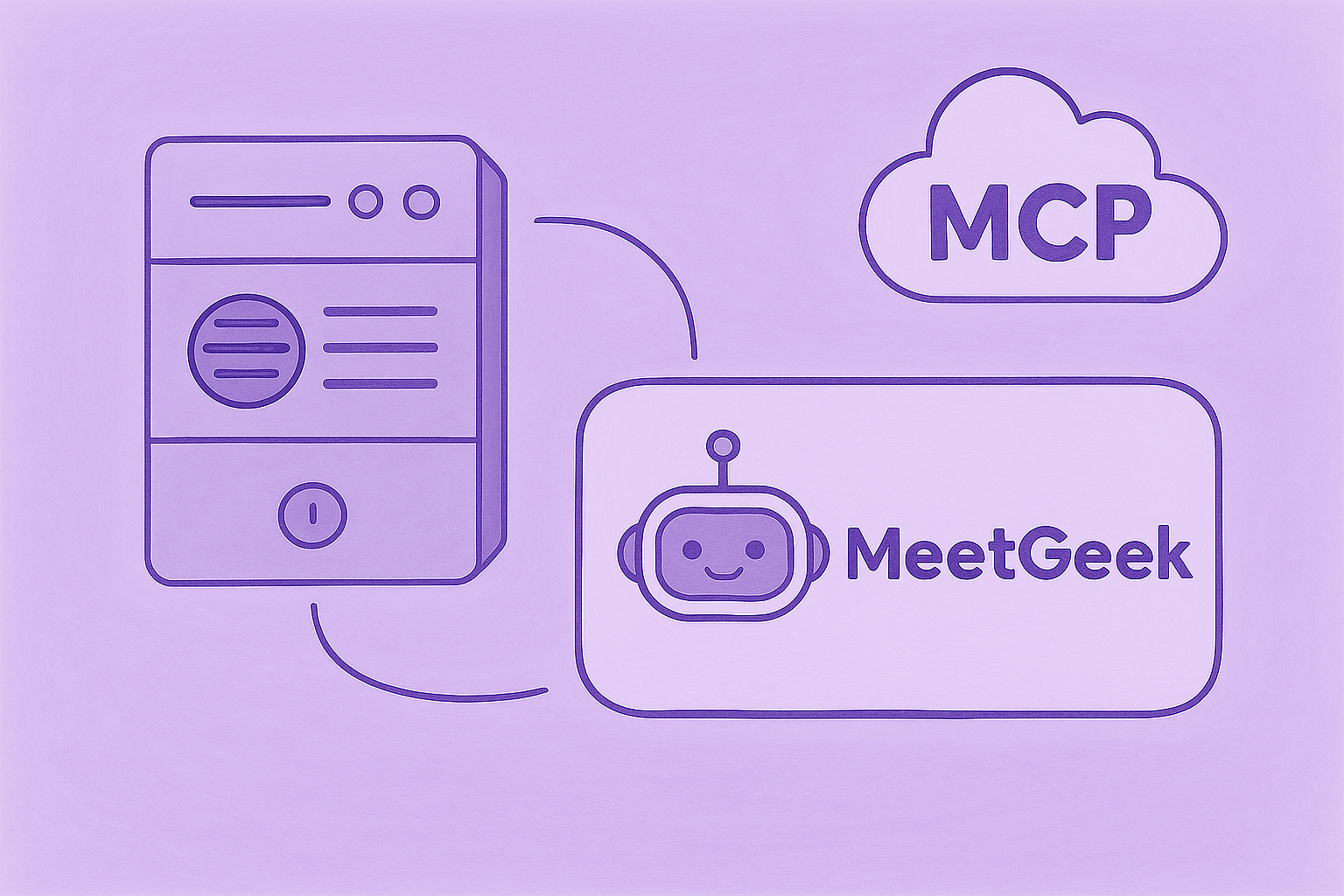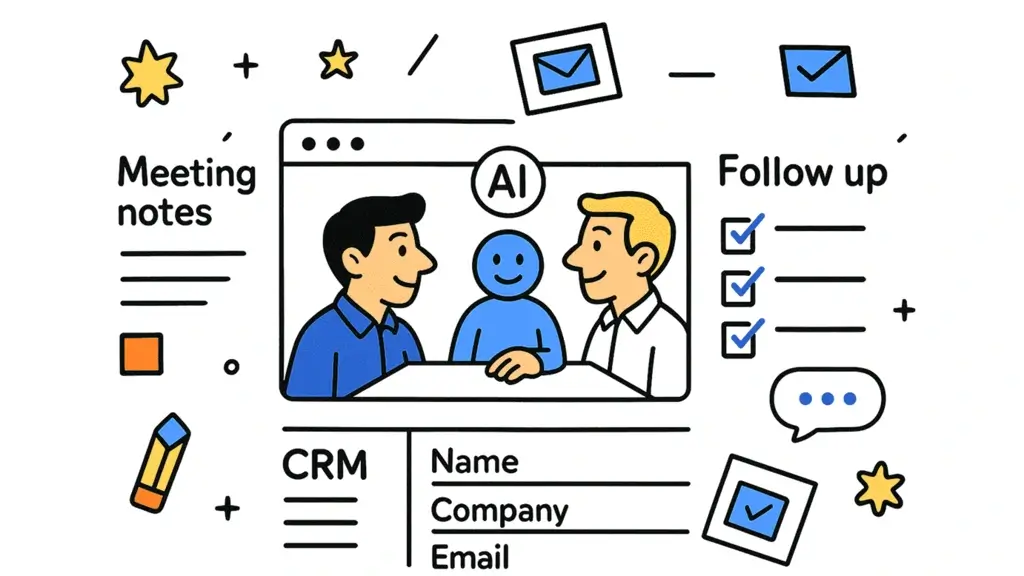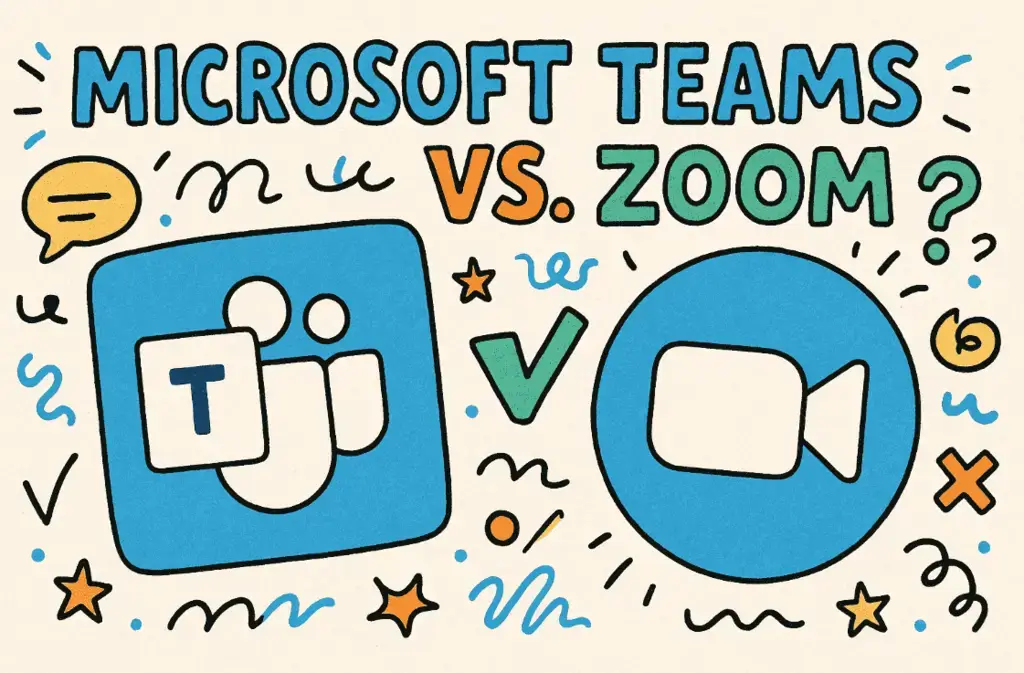How to Promote Collaboration and Innovation in Your Team?
Learn strategies to foster creativity and achieve remarkable results through the combined power of team collaboration and innovation

✅ Free meeting recording & transcription
💬 Automated sharing of insights to other tools.

Workplace collaboration has been a topic of contention for the past few years, mainly because teams now spend much more time working fully remotely or in a hybrid work environment. This isolation has led to new challenges, as research shows that a lack of team dynamics contributes to 92% of work stress.
Collaboration is essential since it improves employee productivity by 36% and can lead to 30% more innovations. Collaboration and innovation are powerful forces that can propel teams and organizations. To understand these, let us take the example of a Formula One race.
In an F1 race, cars have to continuously drive at high speeds, which need timely pitstops to maintain efficiency and improve the outcome of the race. Thus, each member must focus on completing their task in record time while collaborating with others towards a common goal. When collaboration and innovation are combined, they create a dynamic environment that can tackle issues, make breakthroughs, and improve outcomes.

Take any highly innovative company or startup that has seen tremendous growth in the past few months, and you will notice that these companies work similarly to the F1 pitstops - focusing on innovation, integrity, and the element that brings it all together, team collaboration.
But how can one develop collaboration and teamwork? Here is a look at these values and how your company can incorporate these essential traits into your team.
Importance of Team Collaboration & Innovation in a Company

In today’s fast-paced world, managing a team of large and diverse individuals is often challenging and requires organizations to adopt industry best practices and specialists to stay efficient. But effectively managing a team is essential to increase collaboration, thus driving innovation and productivity.
The importance of collaboration lies in its ability to harness the collective intelligence, skills, and experiences of individuals within a team. Collaboration fosters a sense of unity, trust, and shared responsibility among team members, promoting open communication and constructive feedback.
Benefits of Building Collaborative Culture in a Company
Team collaboration and innovation are essential components of a thriving company. By embracing these values, companies can get immense benefits, which include:
Enhanced Problem-Solving
Working collaboratively allows team members to effectively leverage their diverse perspectives, knowledge, and skills to tackle complex problems. By bringing their collective expertise to the table, individuals can foster creativity, encourage out-of-the-box thinking, and arrive at innovative solutions. Collaborative problem-solving is highly effective and yields better outcomes.
Increased Productivity
When a team works together seamlessly, they can achieve greater productivity. Collaboration helps to streamline processes, minimize duplicate effort, and optimize resource allocation. Teams can also benefit by leveraging each other's strengths, getting doubts resolved quickly, and team members can accomplish more in a shorter amount of time.

Innovation and Adaptability
With great collaboration comes exceptional instances of innovation. Innovation is the lifeblood of any company in today's rapidly changing business landscape.
Collaborative environments nurture a culture of innovation by encouraging the sharing of ideas, brainstorming sessions, and experimentation. Through collaboration, teams can generate innovative solutions, adapt to market demands, and stay ahead of the competition.
Employee Engagement and Satisfaction
Collaboration empowers team members to actively contribute, share their expertise, and have a sense of ownership. When employees feel valued and engaged in collaborative processes, job satisfaction increases. This, in turn, leads to higher retention rates, improved morale, and 17% higher job satisfaction.
5 Key Strategies for Promoting Collaboration and Innovation
We have established that collaboration is the first step to creating an opportunity for innovation to thrive. But how can you foster a collaborative culture and stimulate creativity among your team?
Here are some tips to help you create the right setting for collaboration and innovation in your team.
1. Reinforce the company mission
To truly have a collaborative culture in your company, every member must clearly understand your company's mission and objective.
A clear and compelling company mission serves as a unifying force, aligning team members toward a common purpose. Thus, consistently reinforcing the company mission is essential to promoting collaboration and innovation. This goes along well with some relevant and catchy branding elements such as logos and brand colors. To inspire your team more, consider getting custom logos for more creativity.
Ensure that you communicate and continuously reinforce the mission in a way that inspires and connects with employees on a deeper level. By emphasizing how their work contributes to the larger vision, you foster a sense of shared ownership and purpose, igniting their passion for collaborating and innovating towards shared goals.
2. Embrace collaborative tools and technology
In today's digital age, leveraging collaborative tools and technology is vital for facilitating effective teamwork and innovation. For example, sales teams are leveraging various sales automation tools to collaborate with the team and automate the sales process.
Embrace communication and project management platforms that enable seamless collaboration, knowledge sharing, and real-time collaboration regardless of geographical boundaries. You can also consider investing in AI-enabled platforms that help automate and streamline mundane tasks for higher efficiencies. For example, if your employees spend a lot of time in meetings, you can use an AI meeting assistant to automate tasks like note-taking, meeting minutes, task allocation, and more.
This leaves your team with a greater opportunity to engage in meaningful conversations, fostering a culture of innovation and creativity. By investing in the right tools, you provide your dedicated development teams with the means to collaborate effectively and harness the full potential of their collective intelligence.
3. Allow individuality and self-expression
While collaboration emphasizes working together, it's equally important to recognize and value individuality.
Encourage team members to express their unique perspectives, ideas, and approaches. To ensure that team members feel safe when expressing themselves, you must create a safe and inclusive environment where diverse opinions are welcomed, fostering a culture of open dialogue and respectful debate.
By celebrating individuality, you tap into diverse experiences and insights, fueling innovation through a tapestry of ideas that challenge the status quo and lead to groundbreaking solutions.
4. Encourage teams to explore new ideas and allow them to fail
They say failure is the stepping stone to success. Unfortunately, failure is not seen positively in most companies and often makes team members wary of trying new things.
To foster a culture of innovation, teams need the freedom to explore new ideas and take calculated risks. Encourage experimentation and provide a safe space for teams to test innovative concepts like taking courses on AI, even if they might fail. Failing is always something companies want to stay away from, but taking calculated risks and pivots helps by offering valuable learning opportunities and insights.
Encourage teams to learn from failures, iterate, and refine their ideas. By nurturing a culture that embraces risk-taking and learning from setbacks, you foster a spirit of innovation that encourages teams to push boundaries and uncover transformative solutions.
5. Practice servant leadership
As per a study by Harvard Business Review of the top 55 companies, “the most productive and innovative teams were typically led by people who were both task and relationship oriented.” This is precisely where servant leadership can play a critical role.
For those unfamiliar, servant leadership is a leadership style or philosophy that prioritizes the growth and well-being of the team. This means that the leaders or decision-makers of the company don’t just exercise authority over the rest. Instead, they allow each team member to take accountability for their role and help them make better decisions and achieve their targets.
When your company leadership practices this, team members are more likely to express their thoughts, try out new things, and succeed at innovation through collaboration.
FAQ
- How can we promote a collaborative team in a company?
Encourage transparent and open communication among team members and establish channels for sharing ideas, concerns, and feedback. Conduct trust-building activities, practice active listening, promote integrity, and lead by example.
Further, set clear, shared goals that align with the company's mission and values. Ensure each team member understands their role in achieving these goals and how their work contributes to the broader objectives.
Embrace diversity within teams, including diverse backgrounds, perspectives, and skill sets. They encourage collaboration across departments and disciplines with help to drive innovation, as diverse teams bring fresh perspectives.
Implement collaborative tools and practices that facilitate communication, knowledge sharing, and project management. These tools streamline collaboration, enable real-time collaboration regardless of physical location, and enhance team productivity.
- How to motivate team members to be innovative?
To foster innovation within a team, it is crucial to
- Empower autonomy
- Acknowledge and incentivize innovation
- Prioritize learning and development
- Cultivate a collaborative atmosphere
- Instill a mindset of curiosity and experimentation
- Offer support for setbacks
These practices must be implemented to ensure the team constantly evolves and produces innovative solutions.
Conclusion
The bottom line is that you must start experimenting and expanding your organizational culture to help you identify the most effective strategy for your business. Collaboration and innovation are the key drivers behind the future of organizations, enabling them to capitalize on opportunities, overcome obstacles, and thrive in their pursuit of excellence.
So, embrace collaboration, ignite innovation, and let your team's collective expertise guide you toward success.
.avif)







































































































